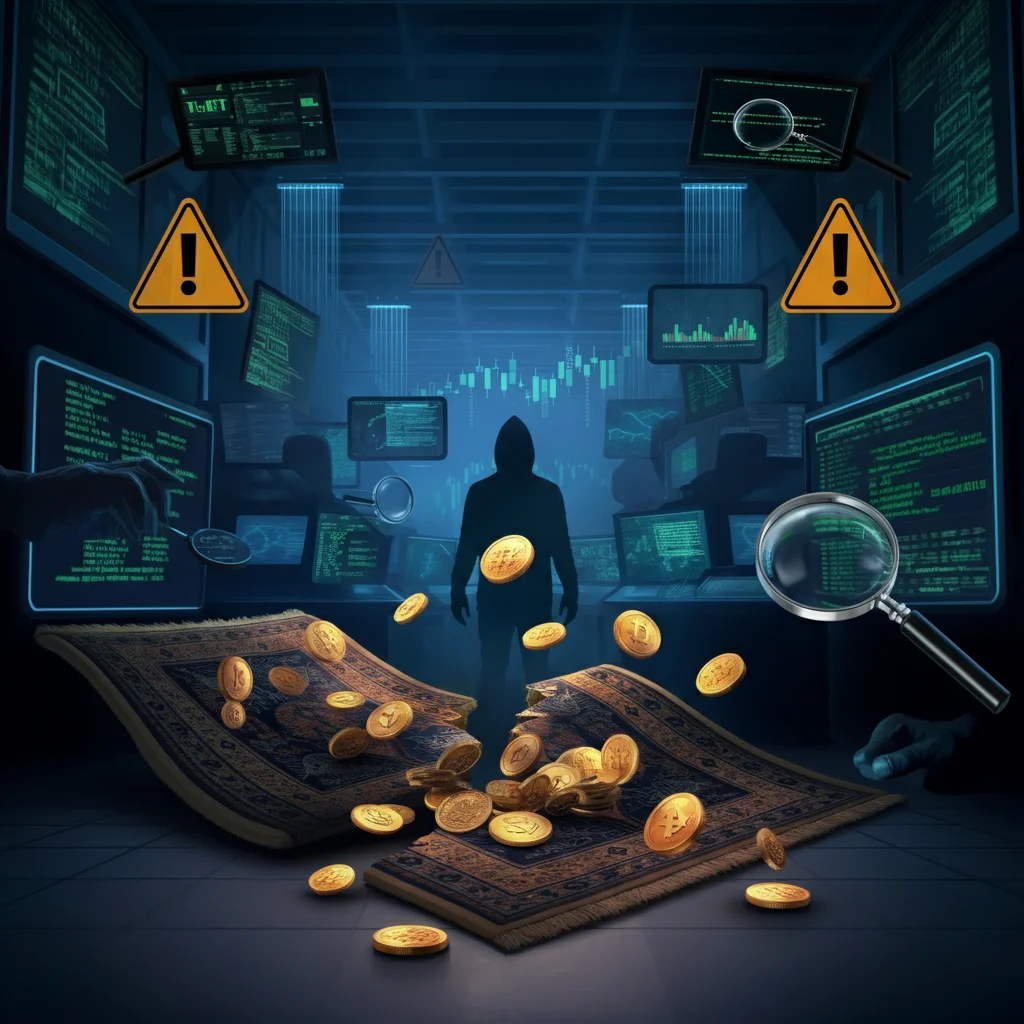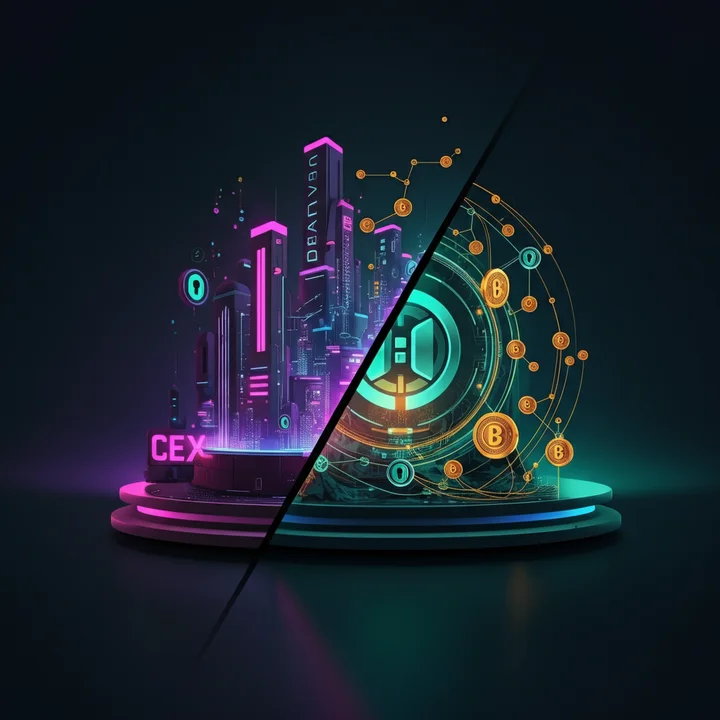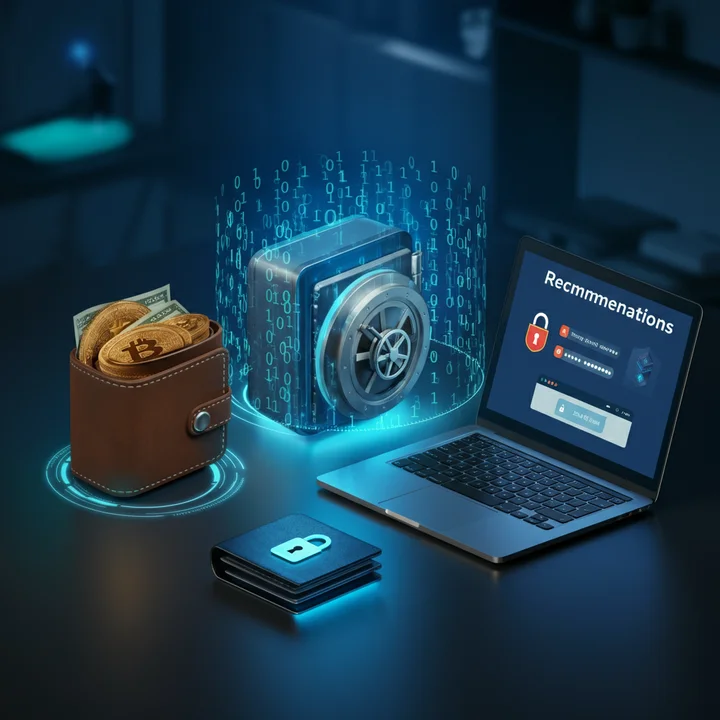The cryptocurrency and blockchain space has opened up exciting possibilities for decentralized finance (DeFi) and digital ownership through NFTs. However, alongside these opportunities comes a significant level of risk. Among the most notorious scams in the crypto world is the infamous "rug pull." But what exactly is a rug pull, how do they happen, and, more importantly, how can you avoid becoming a victim?
This blog unpacks the concept of rug pulls, their types, and how they most commonly occur. You'll also learn about clear red flags, tools to spot suspicious projects, and steps to protect yourself from falling for these schemes.
What Is a Rug Pull?
A rug pull is a type of exit scam in the cryptocurrency world where developers abandon a project and run away with investors’ funds. Much like someone pulling a rug out from under you, rug pull scams often leave investors blindsided and with heavy financial losses.
These scams occur in two main areas of the crypto market:
Decentralized finance (DeFi): Platforms offering financial services without traditional intermediaries.
Non-Fungible Tokens (NFTs): Digital assets tied to artwork, collectibles, or virtual real estate.
Essentially, scammers take advantage of the decentralized and often unregulated nature of these markets to lure investors before making their exit.
Types of Rug Pulls
Not every rug pull plays out the same way. While the end result is a loss for investors, the methods can vary. Rug pulls can generally be divided into two categories:
Soft Rug Pulls
Soft rug pulls are more subtle and don’t always involve outright theft. Instead, developers pull back from a project without delivering on their promises.
For example:
Creators may sell off their tokens at peak value, crashing the project’s price for remaining holders.
They might cease development entirely, leaving investors in limbo with dead-end assets.
While technically legal in some jurisdictions, soft rug pulls are highly unethical and are a common way for scammers to profit.
Hard Rug Pulls
Hard rug pulls are outright fraud. Here, malicious developers deploy strategies to steal funds directly from investors.
How this happens:
Developers program backdoors into the project’s blockchain code to siphon funds.
Liquidity pools (which allow users to trade tokens) are drained entirely, preventing investors from selling their holdings.
Hard rug pulls are far more devastating and underline the need for vigilance in crypto investments.
How Rug Pulls Happen in DeFi and NFT Projects
To protect yourself, understanding how these scams occur in specific sectors is crucial.
Rug Pulls in DeFi
Most rug pulls in DeFi happen through decentralized exchanges or token-based projects. Developers create a token and promise innovative features or high returns. Once investors buy into the hype and pour funds into liquidity pools, the scammers pull their tokens out or drain the pool entirely.
Common tactics:
Fake Partnerships: Scammers announce collaborations or endorsements with reputable companies to build trust.
Yield Farming Scams: Promising sky-high returns for staking tokens, which proves unsustainable or fraudulent.
Rug Pulls in NFT Projects
The NFT space is rife with rug pulls due to its speculative nature. Projects often promise exclusive perks, future utility, or groundbreaking features tied to the NFT. Once enough investors purchase these NFTs, the developers vanish.
Common strategies:
Fake Roadmaps: Bold promises of future perks or utilities that are never delivered.
Replicated Artworks: Selling plagiarized or mass-produced NFTs, leaving buyers with worthless assets.
How to Spot Rug Pull Red Flags
Spotting suspicious projects early is critical to safeguarding your investments. Here are some red flags to watch out for:
Anonymous or Pseudonymous Team:
Projects with teams that lack transparency around their identities are far riskier. Look for teams with verifiable LinkedIn profiles or reputable track records in the industry.
No Code Audit:
Reputable DeFi projects undergo third-party audits to check for vulnerabilities. If a project skips this step, that’s a major warning sign.
Sudden Liquidity Removal:
If developers can pull liquidity (funds used to facilitate trading) from a project at will, it leaves investors vulnerable. Look for locked liquidity protocols instead.
Unrealistic Returns:
Promises of 1000% gains with minimal risk are almost always too good to be true.
Rushed Sales:
Scammers create urgency through time-limited sales or “minting now” NFT drops to lure victims without giving them time to research.
Tools to Detect Suspicious Projects
Leverage available tools to analyze and verify project legitimacy. Some useful resources include:
Blockchain Explorers (e.g., Etherscan): Check transaction histories and ownership patterns. An excessive concentration of tokens in a few wallets is a red flag.
RugDoc: A platform that evaluates project risk levels, particularly for DeFi and yield farming.
Token Sniffer: Analyzes smart contract code to uncover potential vulnerabilities or backdoors.
CertiK Security Leaderboard: Lists projects that have undergone thorough security audits.
These tools can provide an added layer of protection, but remember, no tool is infallible. Due diligence is key.
What to Do If You Get Rugged
If you fall victim to a rug pull, take quick action to mitigate your losses and minimize its impact.
Report the Scam:
Alert others within the community and file complaints with relevant authorities or crypto platforms.
Document Everything:
Keep records of transactions, addresses, and correspondence related to the project. This may help with investigations.
Learn from the Experience:
Understand what went wrong and update your investment checklist to avoid similar scams.
Preventive Tips to Avoid Rug Pulls
The best protection against a rug pull is proactive due diligence. Follow these steps to minimize your risks:
Study the Team: Research the identities, credibility, and past projects of the people behind the venture.
Verify Audits: Only invest in projects that have gone through independent security audits.
Diversify: Spread your investments across multiple projects instead of putting all your capital into one.
Scrutinize the Community: Join the project’s social channels, but be cautious of overly hyped or forced positivity.
Avoid FOMO: Don’t rush into investments. Take the time to fully research a project, even if there’s pressure to act quickly.



